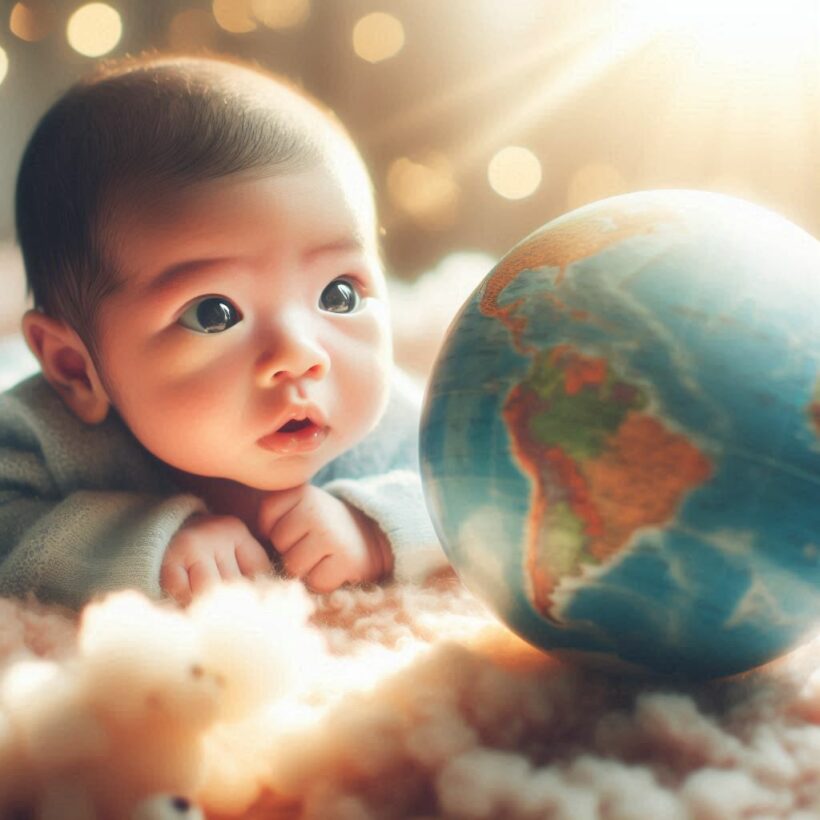In this accelerated world, events unfold rapidly, often leaving us confused. We are in a moment of deep crisis, where our belief systems and understanding of the world are out of sync with human development and aspirations.
What is your state of mind? Are you looking to the past, trying to revive old ideas? Are you stuck in the present, swimming in turbulent waters?
The past occupies its own space, with its own rules—a place where beliefs and practices that no longer exist reside but still continue to weigh heavily on us. We often define ourselves — and others — by our past. By what we have done or not done, rather than by our potential.
The present, on the other hand, consists of our routines and daily actions. Of course, we carry lessons from the past that we find useful to justify our actions in the present. But our present beliefs often generate fear, especially when we feel we are not in control. Fear gives rise to the concept of enemies—whether it’s locking our doors to strangers or building atomic bombs to annihilate threats. Business competition, jealousy, and all forms of rivalry stem from this same mindset.
But how often do we address our current conflicts from the point of view of the future? As Silo reminds us in a contribution compiled by Emilia Sanicovich titled The Hidden City: Stories of Understanding and Experience:
“It’s all very well to have a biography, a formative landscape, a lifestyle, a belief system—all the things that shape us from behind—but you don’t just stand there and receive the impact of what’s driving you from behind. It’s the images of the future, the projects, that lead me in one direction or another…What’s important is to understand how this works: the image of the future is not just a visual or auditory image; it’s an internal register of aspiration—a feeling of how you want to exist in the future.”
Today, when people call for ceasefires and diplomacy, they are not truly seeking to resolve a conflict by proposing a different future. They are just covering it up, seeking to return to the way things were. A ceasefire cannot be a solution only for the present moment, a moment defined by current conditions and beliefs. If it is, as soon as circumstances shift, the ceasefire fails and we’re back to square one.
At present, no one is viewing the Israeli-Palestinian conflict from a future perspective. Instead, everyone clings to the present—fighting to keep what they “have,” to maintain “control,” to protect their identity. What is viewed as “possible” is seen only through the lens of what happened in the past or what currently is feasible, not from the point of view of how we can change our future reality. We ask others to change but rarely transform ourselves, and when someone does, they are marginalized.
When you’re in love, the present becomes irrelevant; you enter into a type of “future mode” where nothing feels insurmountable. When you look at a newborn baby, what do you see? Is it just a shapeless form that eats and sleeps? Or do you see the beginning of an incredible journey into the unknown of human life?
The future operates on a different level altogether. It doesn’t abide by the rules of the present which are shaped by rationalism, cultural constraints, and socialization. It has its own qualities, defined by what we aspire to, and where we want to go. As such, images of the future can be limitless. They can be shaped by our desire for unity and growth, nonviolence and reconciliation, meaning and purpose.
We won’t resolve our conflicts, wars, or economic disparities from the present. No nuclear weapon or great wealth will change that. It’s only by transcending the present and embracing the qualities of the future that we can begin to transform these challenges.






